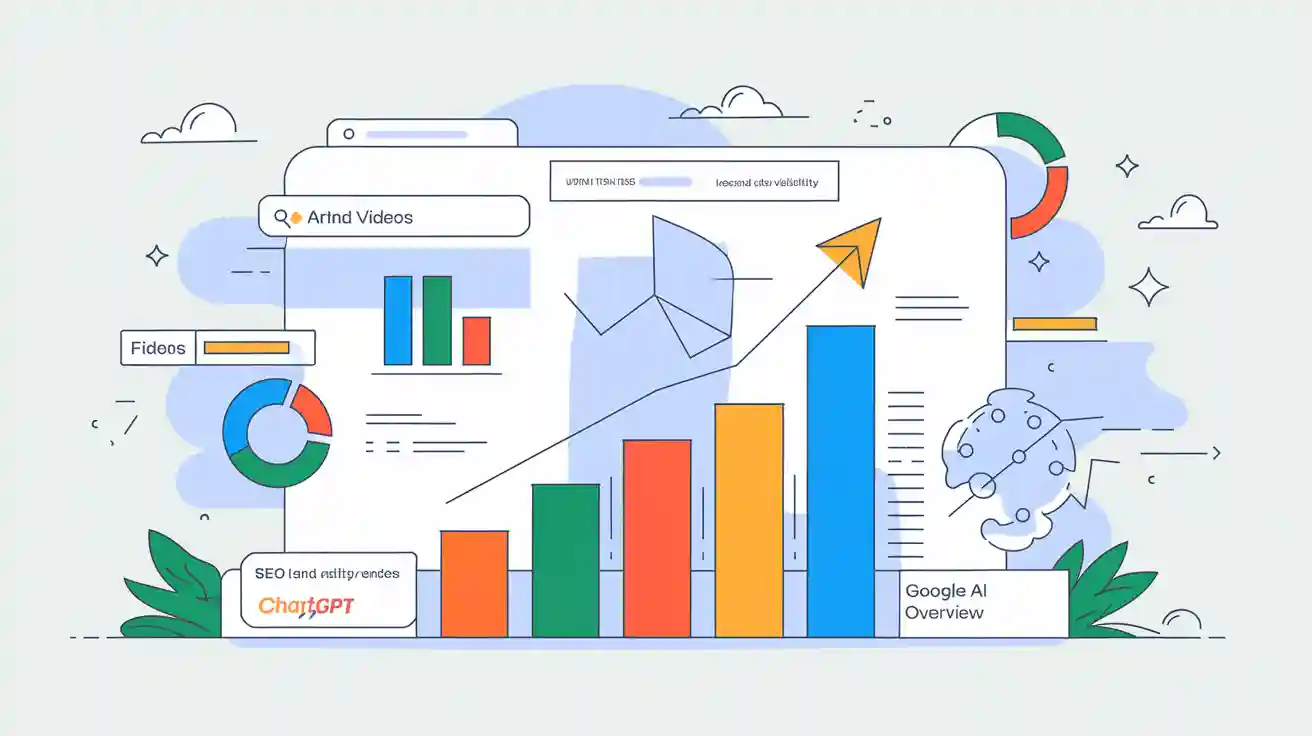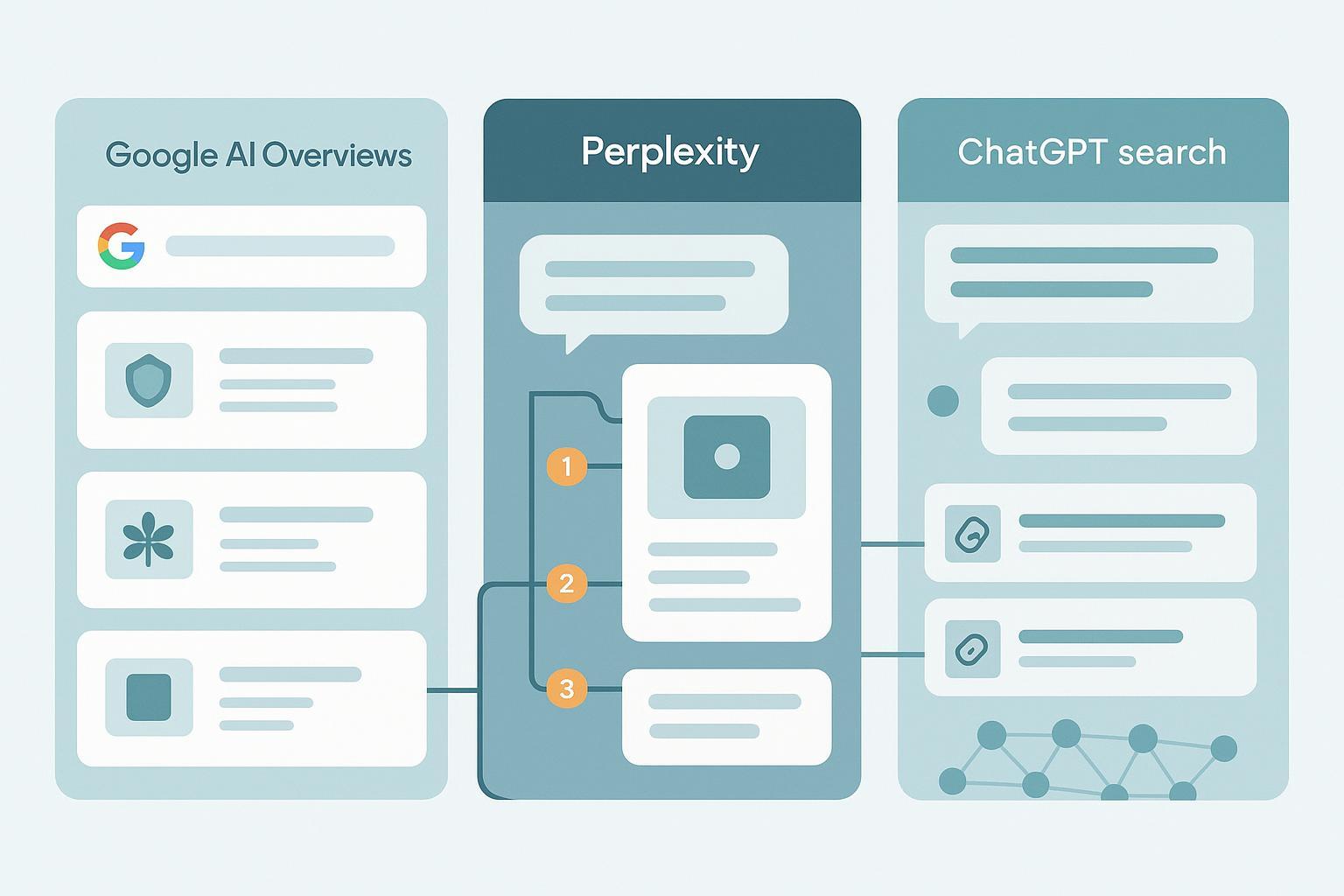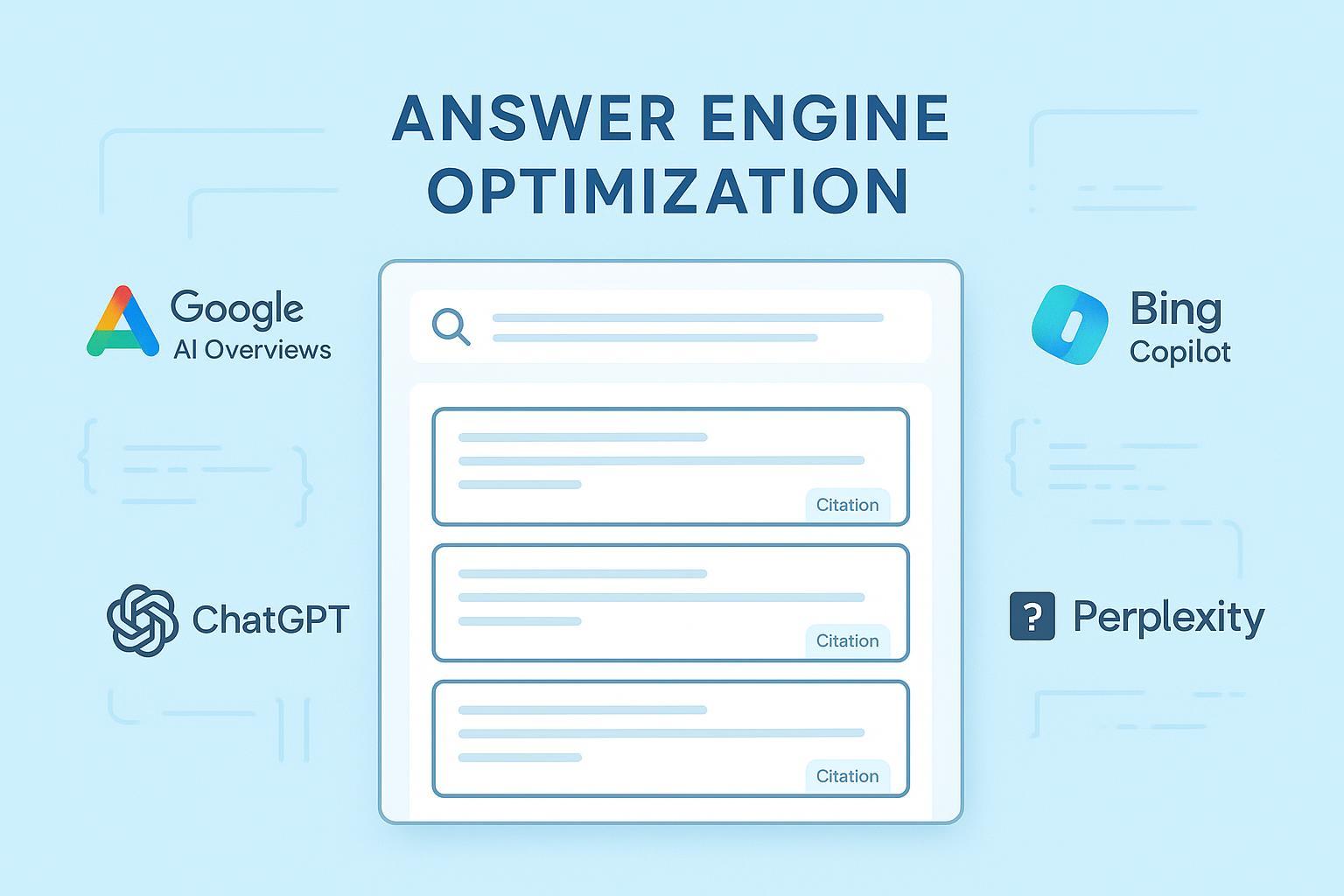What is Content Velocity? Definition, SEO Impact & Real-World Applications
Discover the definition of Content Velocity, its impact on SEO and AI search, and how tools like Geneo help optimize content speed for better brand visibility. Learn key concepts, best practices, and real-world examples.


One-Sentence Definition
Content Velocity is the rate at which an organization produces and publishes new content—such as articles, videos, or web pages—over a defined period, directly influencing brand visibility and search engine performance.
In-Depth Explanation
Content Velocity measures how much content you create and release within a set timeframe (day, week, month, or quarter). It’s a critical metric in digital marketing and SEO, reflecting both the efficiency of your content operations and your ability to respond to market trends. High content velocity signals to search engines and AI-powered platforms (like ChatGPT and Google AI Overview) that your brand is active, authoritative, and relevant—factors that can boost your rankings and organic reach (Siege Media, Storyblok).
However, content velocity is not just about quantity. The challenge is to balance speed with quality. Publishing too quickly can dilute your message or reduce content depth, while moving too slowly may cause you to miss opportunities or lose visibility to more agile competitors. Modern content strategies leverage automation, AI tools, and streamlined workflows to maintain both high velocity and high quality (Aprimo).
Key Components of Content Velocity
Content Production Rate: The number of content pieces (articles, videos, etc.) published per time unit.
Workflow Efficiency: How quickly your team can ideate, create, review, and publish content.
Content Governance: Systems and processes that ensure consistency, quality, and compliance as you scale up production.
Automation & AI: Use of content management systems, AI writing tools, and analytics platforms to accelerate creation and distribution.
Performance Monitoring: Tracking trends in publishing frequency, traffic, and search rankings to optimize your strategy.
Real-World Applications
SEO & AI Search Optimization: Regularly publishing high-quality content helps establish authority and trust, improving rankings in both traditional and AI-driven search engines. For example, Aquarium Store Depot increased its organic traffic 7x in 9 months by ramping up content velocity while maintaining quality (SurferSEO Case Study).
Brand Visibility: High content velocity ensures your brand stays top-of-mind and can quickly respond to industry trends or news.
Omnichannel Marketing: Fast, consistent content production enables brands to engage audiences across multiple platforms and regions.
Content Optimization Tools: Platforms like Geneo empower teams to monitor, analyze, and optimize content velocity across AI search engines (ChatGPT, Google AI Overview, Perplexity), providing actionable insights and recommendations to boost brand visibility and search performance.
Related Concepts
Content Frequency: How often you publish new content (e.g., weekly, daily).
Content Freshness: The recency and relevance of your published content.
Publishing Cadence: The regular rhythm or schedule of your content releases.
Content Quality: The depth, accuracy, and value of your content for the target audience.
Content Quantity: The total volume of content produced, regardless of timing.
For a deeper dive into these concepts, see Content Frequency, Content Freshness, and Publishing Cadence.
Ready to optimize your content velocity and boost your brand’s visibility in the AI era? Try Geneo for actionable insights, AI-powered monitoring, and smarter content strategies.




